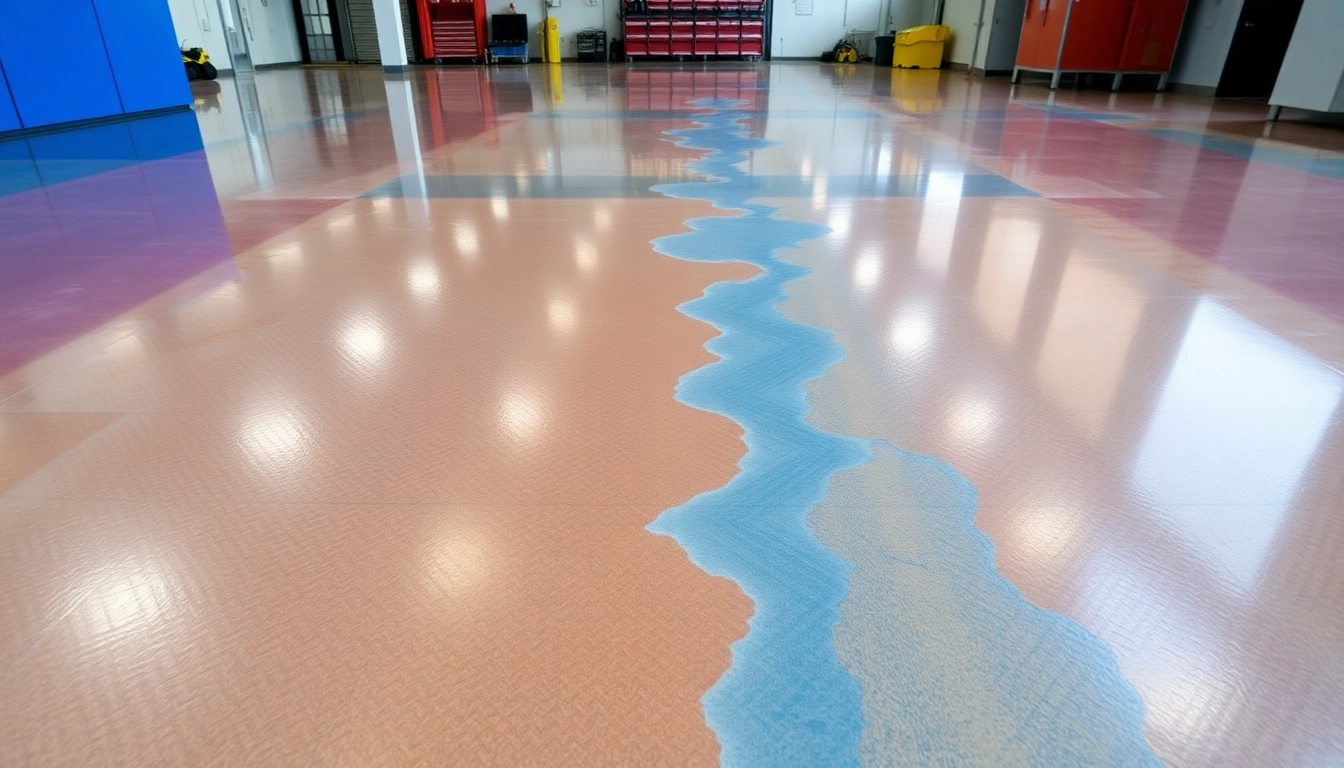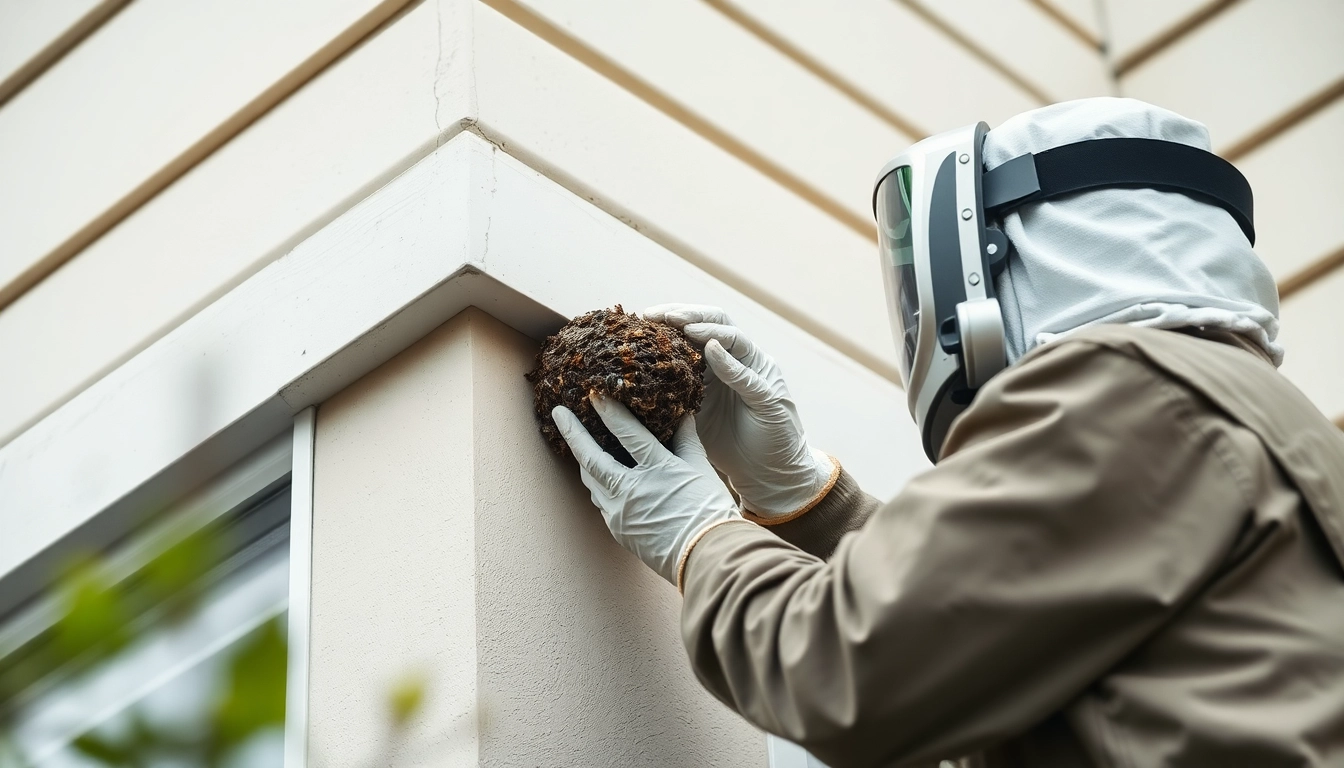Understanding the Importance of Draught-proofing Sash Windows
Traditional sash windows are a hallmark of charming and historic UK homes, offering aesthetic appeal and unique character. However, many of these windows are inherently draughty due to their age, design, and the natural wear and tear over decades or even centuries. Draughts not only compromise indoor comfort but also significantly elevate energy bills and contribute to heat loss. Properly Draught-proofing sash windows has become increasingly vital for homeowners eager to preserve the authenticity of their period properties while improving thermal efficiency.
Why draught-proofing matters for traditional sash windows
While sash windows are renowned for their elegance, their design can create gaps that allow cold air to infiltrate during winter and warm air to escape during summer. These gaps are often found at the sashes’ meeting points, around the frames, and at the edges where the movable parts operate. Without proper sealing, these openings cause drafts that diminish comfort, increase heating costs, and accelerate deterioration due to moisture and dust ingress.
Common signs indicating your sash windows need sealing
- Noticeable cold spots near windows, especially along the edges or at sash joints
- Persistent rattling sounds or window movement in windy conditions
- Higher-than-expected heating bills without obvious cause
- Visible gaps or worn weatherstripping around the sashes or frames
- Condensation or moisture buildup between double-glazing panes (if installed)
Benefits of draught-proofing for energy efficiency and comfort
Implementing effective draught-proofing measures offers numerous advantages. Primarily, it enhances home comfort by maintaining a consistent indoor temperature, removing cold drafts during winter and preventing overheating in warmer months. Additionally, it reduces reliance on central heating, leading to lower energy bills and a smaller carbon footprint. A well-sealed sash window also minimizes noise pollution, dust entry, and potential damage caused by moisture. In the context of preserving historic properties, draught-proofing provides a non-invasive way to improve insulation without compromising the window’s aesthetic integrity.
Top Methods and Materials for Draught-proofing Sash Windows
Sealing gaps with weatherstripping and brush seals
Weatherstripping remains one of the most effective and widely used methods for sealing the gaps around sash windows. These strips are often made from durable materials like foam, rubber, or plastic, designed to compress and conform to irregular surfaces. Brush seals, with their flexible bristles, are particularly suitable for sash windows because they can be applied along sashes and frames to prevent cold air from entering while still allowing smooth operation. Professional-grade weatherstripping like the Reddiseals Reddipile range can be applied internally or externally, providing long-term protection against draughts.
Using internal and external draft excluders
Draft excluders, such as sash brushes or rubber gasket strips, serve as barriers to frontal draughts. Internal excluders can be fitted within the window’s rebate or sash edges to prevent airflow at the join, while external excluders act as weatherproof barriers on the building’s exterior. For example, the Gapseal system is specifically designed as a gap filler that can be fitted into the window gap, greatly reducing cold drafts and improving energy efficiency. The key to success with excluders is ensuring they are correctly fitted, without hindering window operation or causing damage to the sash or frame.
Applying effective sealants and self-adhesive strips
Sealants and self-adhesive strips provide a versatile solution for sealing minor gaps and cracks that weatherstripping alone may not cover. Weatherproof sealants, such as silicone or acrylic-based formulations, can be applied along the window frame edges and sashes to eliminate cracks and leaks. Self-adhesive strips, often made from foam or rubber, are straightforward to install—simply peel and press into place—to reinforce existing seals or fill gaps around the window perimeter. When choosing these materials, it’s important to select products compatible with surface materials and appropriate for the climatic conditions.
Step-by-Step Guide to Installing Draught-proofing Solutions
Preparing your sash windows for sealing
Preparation is vital for ensuring the longevity and effectiveness of draught-proofing measures. Begin by thoroughly cleaning the sash and frame surfaces to remove dust, dirt, and old paint residues. Inspect the windows for any existing damage such as cracked wood or loose joints, and repair these areas before sealing. Remove any existing weatherstripping or seals that are worn or broken. Take precise measurements of the gaps and sashes to select the appropriate sealing products.
Choosing the right materials for your needs
The selection of materials depends on factors such as the size of gaps, the type of sash windows, aesthetic preferences, and budget. For general sealing, high-quality foam or rubber weatherstrips are suitable for most applications. For historic or period properties, discreet brush seals or special reversible draught-proofing kits that do not alter the appearance of the window are recommended. When in doubt, consulting specialists or reading product reviews can help choose the most effective and durable materials.
Proper installation to ensure maximum insulation
Effective installation involves precise placement and secure fitting of all sealing components. For weatherstripping, cut strips to size, then firmly press into the designated areas along sashes, frames, or meeting rails, ensuring a tight seal without impeding movement. For sealants, apply carefully along cracks or gaps with a caulking gun, smoothing the surface for an airtight finish. When fitting external excluders, ensure they do not interfere with the window’s operation or hardware. Testing the window after installation by closing it and checking for remaining drafts can help verify the effectiveness of your sealing efforts.
Best Practices and Maintenance for Long-lasting Draught-proofing
Routine checks and re-application of seals
To maintain optimal performance, regular inspections are essential. Periodically check weatherstripping, sealants, and excluders for signs of wear, deterioration, or detachment. Re-apply or replace components as needed—most weatherstripping can last several years but may need renewal sooner in harsh climates or high-use scenarios. Establishing a seasonal maintenance schedule ensures continuous protection against drafts and extends the lifespan of your sealing measures.
How to improve existing seals and prevent future issues
If your current seals show signs of damage or inefficiency, consider upgrading to more durable materials or supplementing with additional sealing methods. Applying fresh weatherstripping over aged or compressed strips restores effectiveness. Seal any cracks or gaps identified through routine inspections with high-quality sealant. Properly adjusting or lubricating hardware like sashes and locks prevents undue wear that can compromise seals. Additionally, addressing external factors such as nearby foliage or debris can prevent damage to applied draught-proofing components.
Selecting professional vs DIY options for quality results
While DIY draught-proofing can be cost-effective and straightforward, achieving a professional finish may sometimes require expert intervention. Skilled specialists possess the tools, experience, and knowledge to assess intricacies, especially in historic or complex sash windows. Consider professional services for extensive refurbishments, re-glazing, or intricate sealing, particularly if permanent or highly aesthetically-sensitive solutions are desired. Conversely, small gaps and general sealing are excellent candidates for DIY projects that yield effective results with proper preparation and care.
Cost, Effectiveness, and Adding Value to Your Home
Comparing different draught-proofing products and pricing
The market offers a diverse range of draught-proofing solutions, from basic foam strips costing less than £10 to advanced bespoke systems that can reach several hundred pounds for comprehensive sealing. On average, DIY kits and self-adhesive weatherstrips are affordable and provide substantial savings over time. Professional installations and high-end materials, while more costly initially, often guarantee longer-lasting, more effective results, and are preferable for historic properties or high-traffic areas.
Measuring the return on investment through energy savings
Research and real-world case studies demonstrate that sealing gaps in sash windows can reduce heating costs by up to 25-30%. For an average UK household spending approximately £1,200 annually on heating, this translates into savings of around £300 or more each year. The initial investment in quality draught-proofing can thus be recovered within a few years, with continued savings accruing thereafter. Considering energy price fluctuations and environmental benefits, the ROI is compelling.
Enhancing property value with properly sealed sash windows
Not only do draught-proofed sash windows improve comfort and efficiency, but they also contribute to property valuation. Modern buyers highly value energy-efficient features, especially in older homes where insulation upgrades are often limited. Properly sealed sash windows preserve the historical aesthetic while providing tangible benefits, increasing curb appeal, and potentially leading to higher sale prices. Furthermore, compliance with energy rating standards can make the property more attractive in the competitive housing market.














